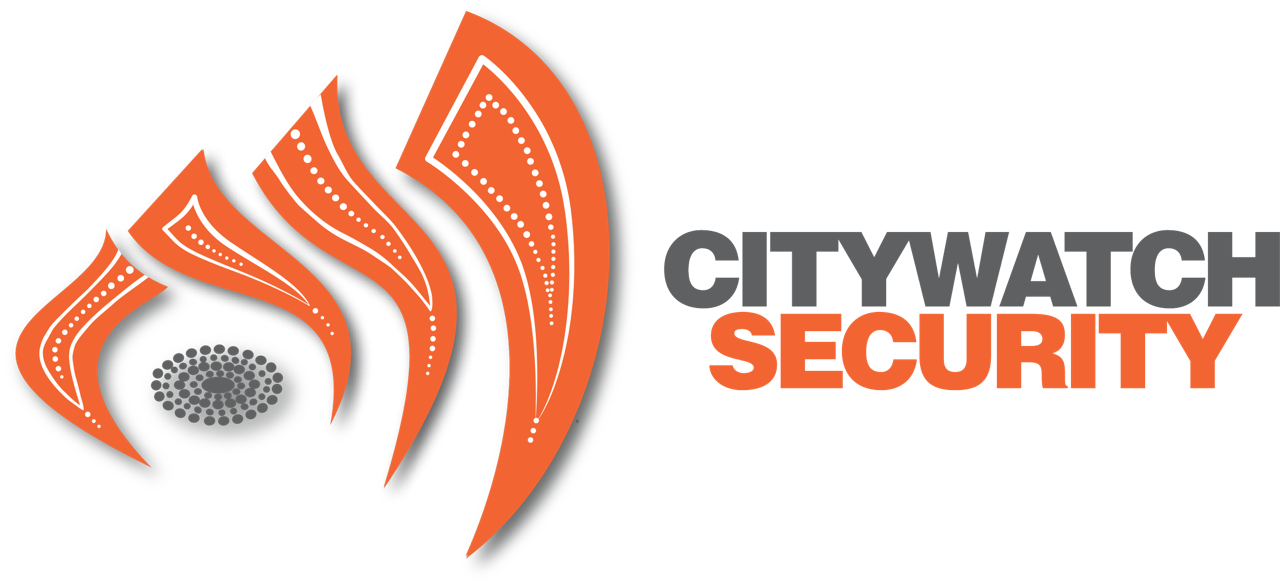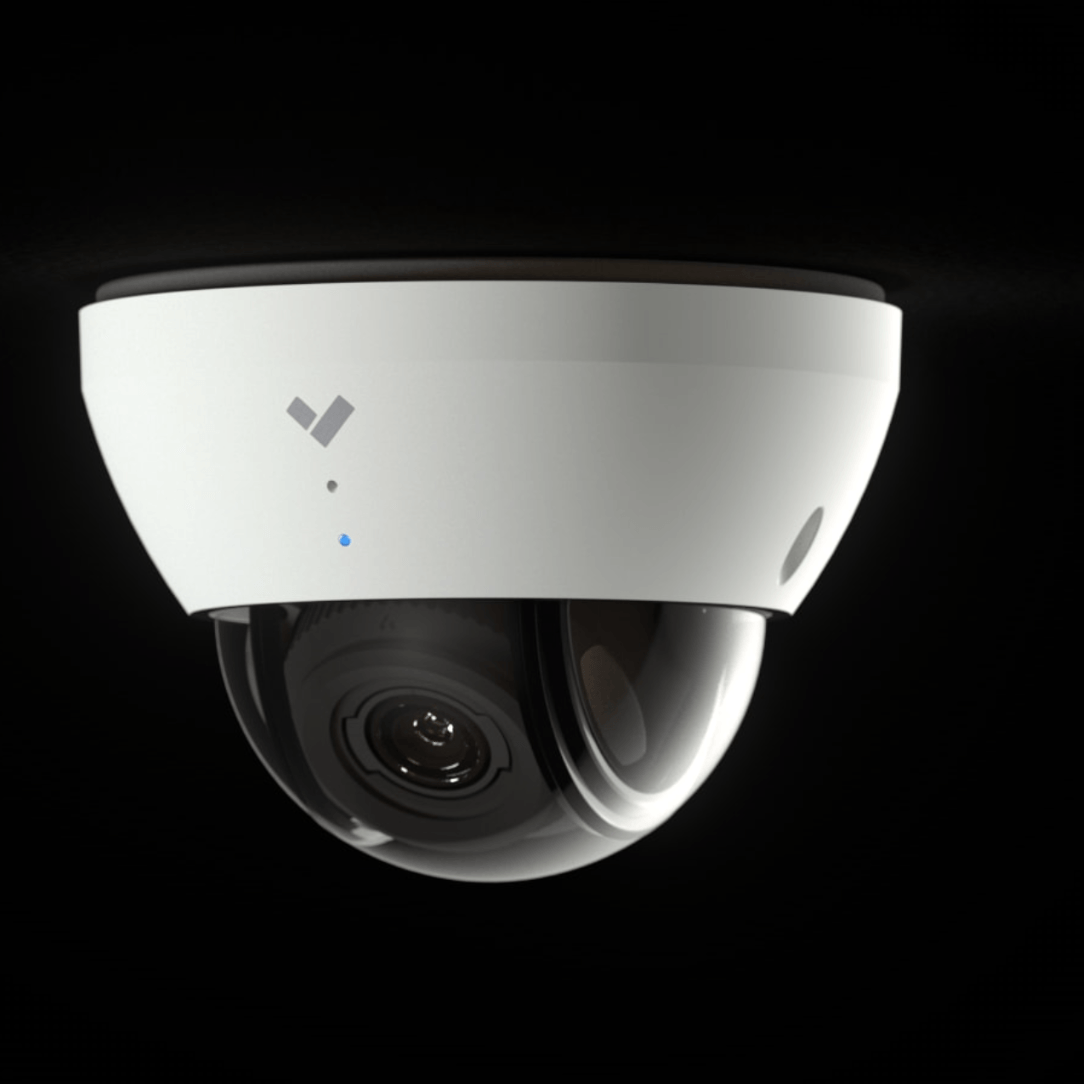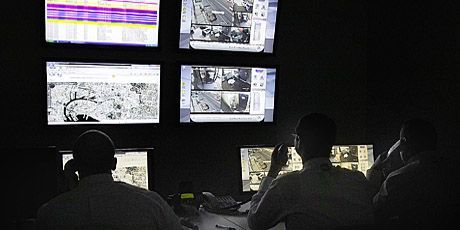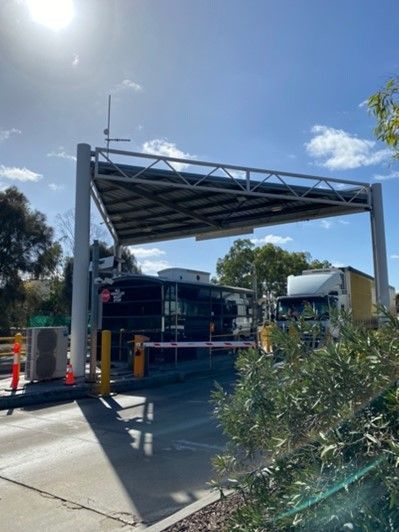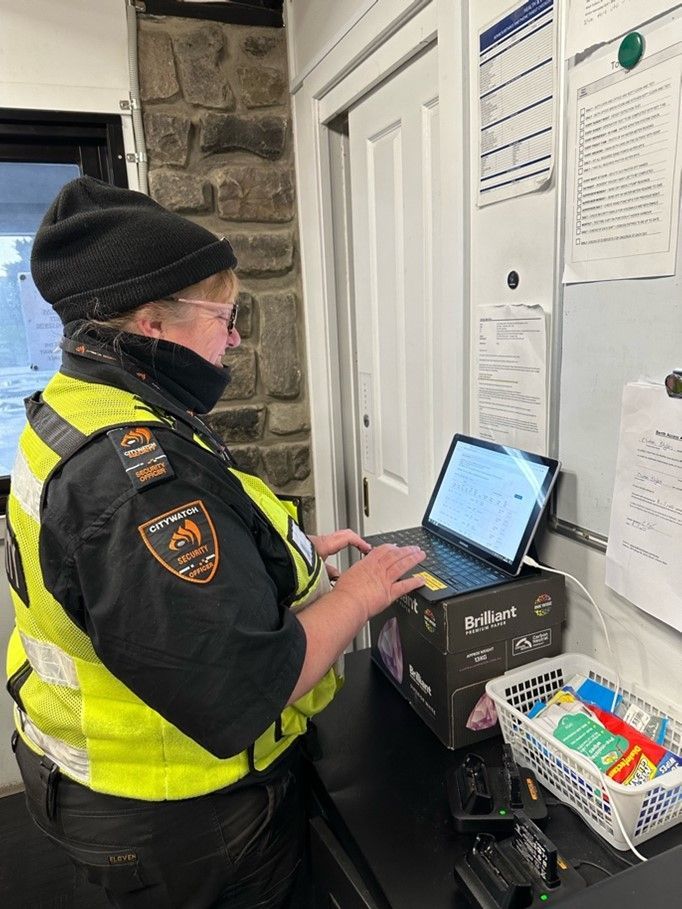Office Hours Number
Elevating Security: Seven Easy Steps to an Upgraded Video Surveillance System
Elevating Security: SEVEN Easy Steps to an Upgraded Video Surveillance System
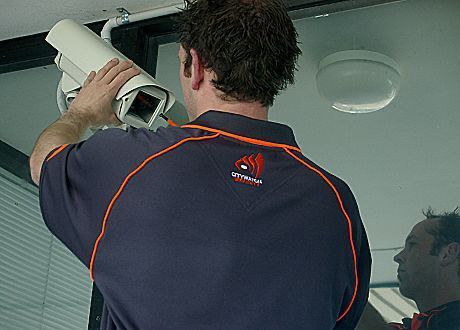
In the ever-evolving landscape of security, upgrading your video surveillance system is a proactive step toward ensuring the safety and integrity of your premises. With technological advancements, enhancing your video surveillance capabilities is now more accessible than ever. In this blog post, we'll explore easy steps that will guide you through the process of upgrading your video surveillance system.
1. Assess Your Current System: Before diving into an upgrade, assess your existing video surveillance infrastructure. Identify weak points, blind spots, and areas that may benefit from improved coverage. Understanding your current system's limitations will help you make informed decisions during the upgrade process.
2. Define Your Objectives: Clearly outline your security objectives. Whether it's improving image clarity, expanding coverage, or integrating advanced analytics, defining your goals will guide the selection of new components and technologies. Consider factors such as low-light performance, resolution, and the specific requirements of your environment.
3. Select High-Resolution Cameras: Upgrade your camera technology to high-resolution models. High-definition (HD) or even 4K cameras offer sharper images and more detailed footage. This not only aids in identifying potential threats but also provides valuable evidence in case of incidents.
Actionable Recommendation: Choose cameras with features like wide dynamic range (WDR) and low-light capabilities for optimal performance in various conditions.
4. Implement Remote Monitoring: Embrace the convenience of remote monitoring by integrating cloud-based or network video recorders (NVRs). This allows authorised personnel to access live feeds and recorded footage from anywhere, enhancing situational awareness and response times.
Actionable Recommendation: Ensure that your network infrastructure supports the increased data transfer requirements for remote monitoring.
5. Explore Video Analytics: Leverage the power of video analytics to enhance your surveillance capabilities. Features like motion detection, facial recognition, and object tracking can significantly improve the efficiency of your security system by reducing false alarms and automating monitoring tasks.
Actionable Recommendation: Prioritise video analytics that align with your security objectives and the specific needs of your environment.
6. Upgrade Storage Solutions: As the resolution and number of cameras increase, so does the need for robust storage solutions. Upgrade to high-capacity storage devices or consider cloud-based storage options to accommodate the growing volume of video data.
Actionable Recommendation: Regularly review and optimise storage settings to ensure efficient use of resources.
7. Invest in Scalable Systems: Choose a video surveillance system that can grow with your needs. Scalable solutions enable you to easily add more cameras, storage, or features as your security requirements evolve over time.
Actionable Recommendation: Work with vendors who provide scalable solutions with modular components for easy expansion.
Upgrading your video surveillance system doesn't have to be a complex endeavour. By following these easy steps, you can enhance your security infrastructure, improve monitoring capabilities, and stay ahead of potential threats. Whether you're upgrading for increased coverage, higher resolution, or advanced analytics, investing in modern surveillance technologies is a proactive approach to ensuring the safety and security of your premises.
Is your Video Surveillance System past its use by date? Talk to our technicians today about a free trial and an upgrading: (03) 9250 4000
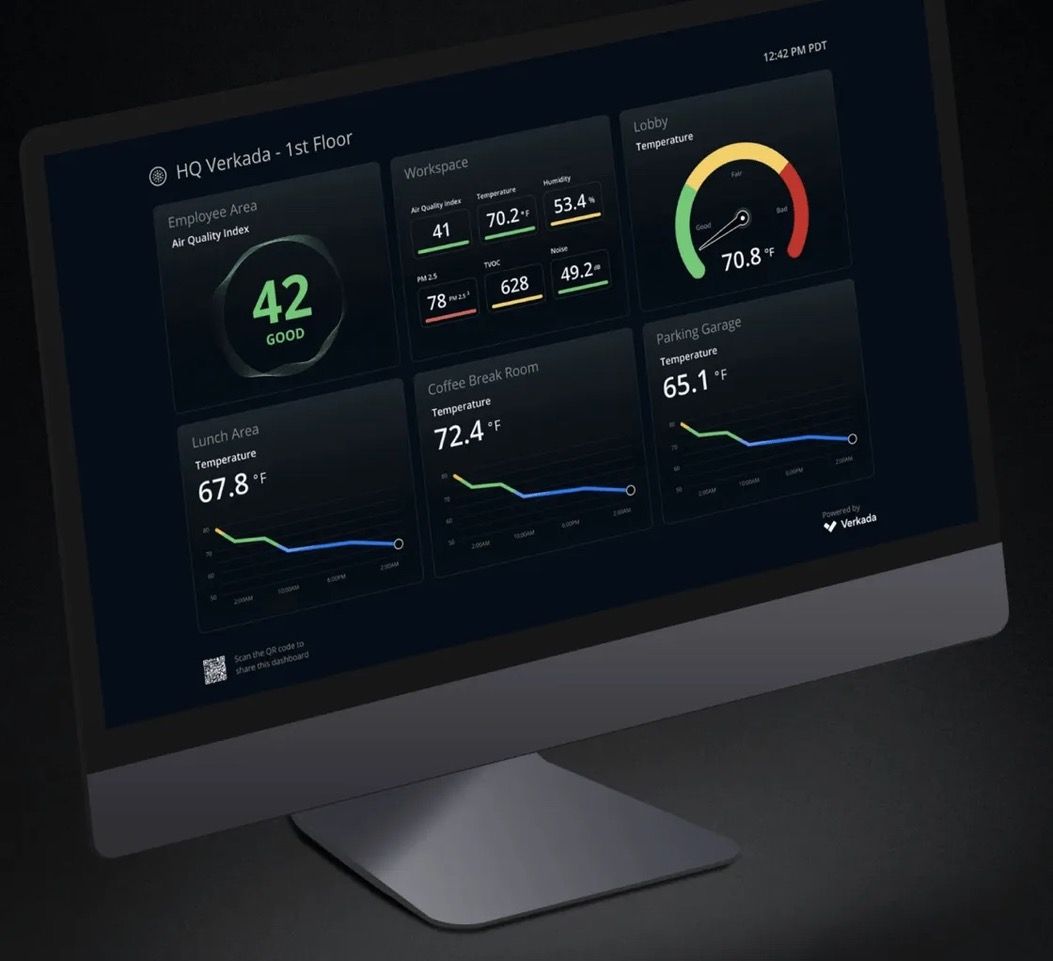


BROWSE OUR WEBSITE
CONTACT INFORMATION
Office Number: 03 9250 4000
Email: sales@citywatchsecurity.com.au
Address: Level 1 225 Brunswick Road, Brunswick VIC 3056
Hours of Operation:
Headquarters
MON – FRI 8:00AM – 5:30PM
SAT – SUN CLOSED
Control Room: Open 24/7
After Hours number: 1300 665 300
OUR LOCATION
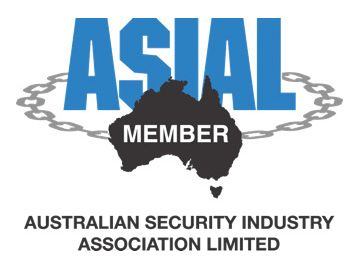
Licensed by ASIAL (Australian Security Industry Association Limited) in every state by the state
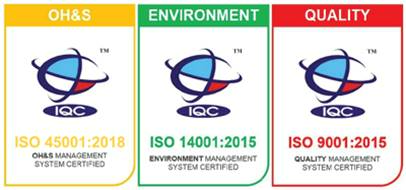
ISO Environmental Quality Compliance 14001:2015 | ISO Quality Assurance Compliance 45001:2018 | ISO Integrated Quality Management Systems Certification 9001:2015
